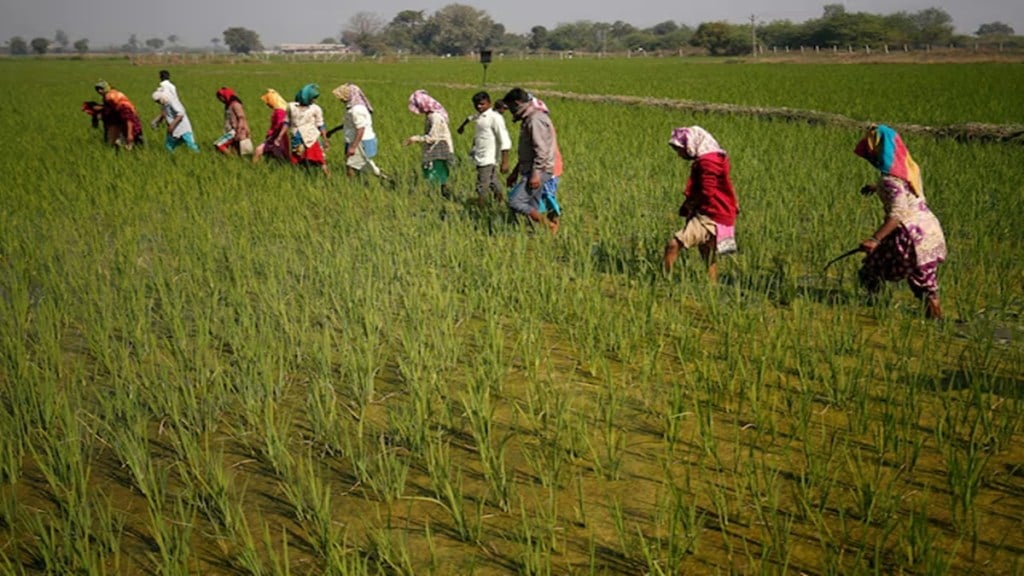Although the government backtracked on farm legislation three years ago due to a year-long agitation by farmers, the reality is that the genie of reform is out of the bottle. There is no rolling back the government’s Digital India initiative that uses technology to transform how it delivers services to farmers. Over 3.7 million IDs have been created for this purpose as part of the Agristack project. The action has now shifted to the states for securing the best possible market and price for their produce. The union ministry of agriculture and farmers’ welfare’s draft “national policy framework for agricultural marketing” calls for achieving barrier-free trade in agricultural produce under a uniform pan-Indian framework. The need is for accessible markets for farmers to have a choice to sell their produce through any channel of marketing and also to any buyer offering the best bid for their produce. The application of digital technology is critical in this regard together with reforms in states’ marketing laws and policies to create more uniformity in the nation’s agriculture marketing system as it sharply varies across them.
What is the progress so far? The electronic National Agriculture Market (e-NAM) was launched eight years ago to catalyse the digital transformation of mandi or marketplaces to enable farmers to secure competitive prices through transparent online bidding. However, there is still some distance away from the promise of “One Nation One Market”. Trade in farm produce is still within each state as markets are highly fragmented. Inter-state trade, which enables farmers in one state to sell their produce to buyers in another state, is picking up. The draft notes that a single unified trading licence valid across the states has been adopted by a majority of them although unevenly. Over 1,400 markets (out of an estimated 7,000) in 27 states and Union Territories are integrated with e-NAM which allows online trading in 219 agricultural commodities. Only a few states have allowed the operation of private e-trading platforms in their Agricultural Produce Market Committee (APMC) markets. To scale up for a more unified market, the draft suggests a competitive ecosystem, including the establishment and operation of multiple e-trading platforms, including e-NAMs in the private sector, and moving beyond APMC markets.
More uniformity in the agricultural marketing system obviously calls for a more collaborative approach between the Centre and states. This should be welcomed as this is, after all, a state subject under Entry 28 of List-II (State List) of the V11 Schedule under Article 246 of the Constitution. After being forced to withdraw its farm legislation, the Centre is doing the right thing by taking reforms forward in closer consultation with the states. The other interesting suggestions include establishing a quarterly “Ease of Doing Agri-trade” index to foster healthy competition among the states.
Another is to set up an empowered agricultural marketing reforms committee of state agricultural marketing ministers — on the lines of the empowered committee of state finance ministers on goods and services tax — to push them to adopt reform provisions of state APMC Acts, notify rules, and build a consensus for a more unified national market for agricultural produce. The draft, however, steers clear of the more controversial aspects of the withdrawn farm legislation pertaining to contract farming and purchase agreements between farmers and bulk buyers, including large corporate houses, before the start of cultivation.

